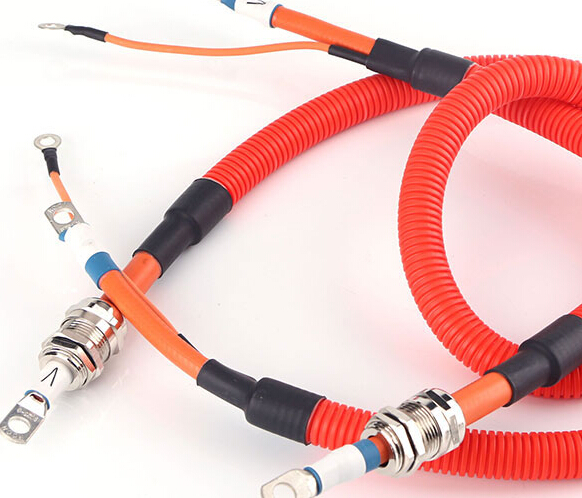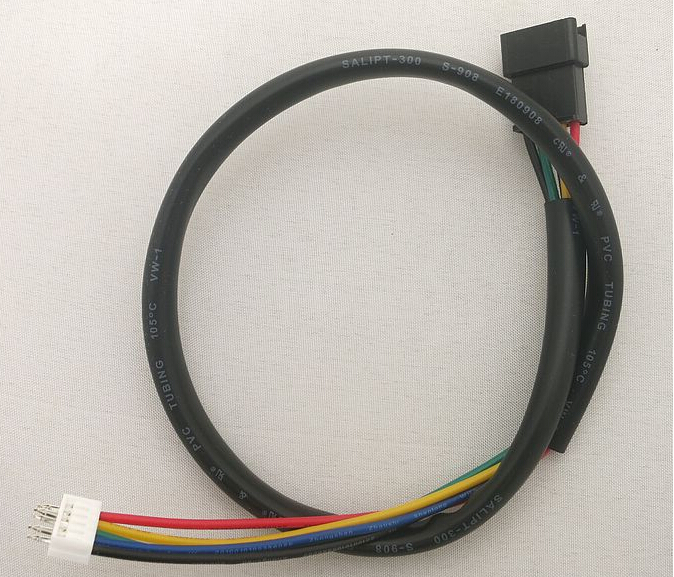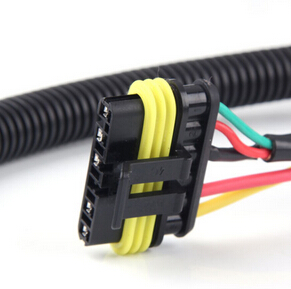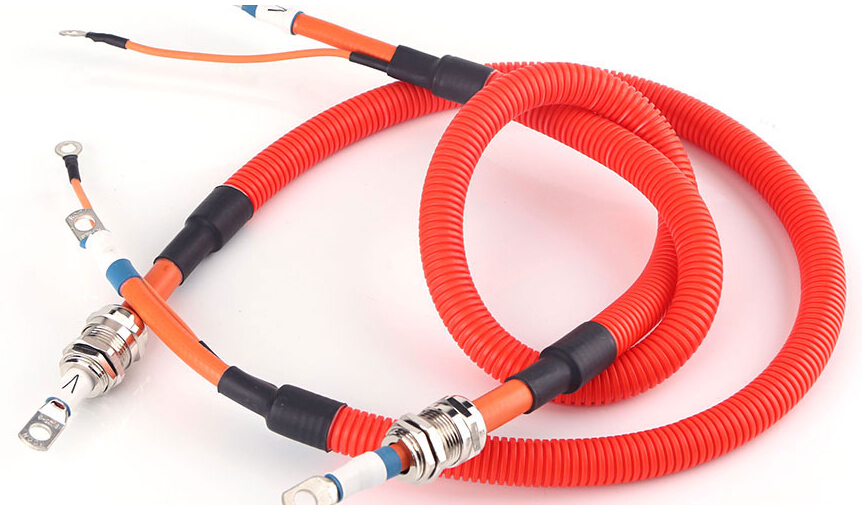1. The braking performance of automotive and automotive wiring harnesses refers to the ability of the vehicle to maintain a certain speed to stop when it is forced to decelerate when it is braking during driving, or when it is continuously downhill. Mainly in:

1. Braking performance: The driving distance when the car brakes on a good road (a flat, hard, dry, clean concrete and asphalt road with a certain initial speed to stop), that is, braking distance or deceleration during braking. Or braking force and braking time;
2. Consistency of braking performance: The degree of braking performance is maintained during continuous braking at high speed or under long slope and after wading. That is, resistance to thermal decay and water wet recovery;
3, the stability of the direction of the car when braking: When the car is braking, it will follow the established track without deviation, skidding and loss of steering ability.
Second, automotive and automotive wiring harness braking performance evaluation indicators:1, braking distance: It is the most intuitive overall braking performance parameters, its accuracy and repeatability are better. However, it is not possible to individually reflect the braking conditions (including brake force distribution) and specific faults of each wheel;
2. Braking force and braking deceleration: The braking force can essentially reflect the performance of the vehicle braking system, that is, the distribution and balance of the braking forces on both sides of each axis. However, it does not reflect the influence of factors other than the braking system on the overall braking performance. When the braking deceleration is detected, the initial velocity and unevenness of the road are not affected by the adhesion coefficient of the road surface and the inclination of the brake.
Therefore, the accuracy and repeatability are poor, and the braking of each wheel and its distribution are not reflected.
3, the braking time includes brake coordination, duration and release time, it can only indirectly reflect the pros and cons of the braking performance. Therefore, it is usually used as a supplementary evaluation indicator.
In view of the flaws in the above three indicators, we must have two of them at the same time. Only in this way can the braking performance of the vehicle's automotive wiring harness be evaluated more fully.
















 RCCN WeChat QrCode
RCCN WeChat QrCode Mobile WebSite
Mobile WebSite







